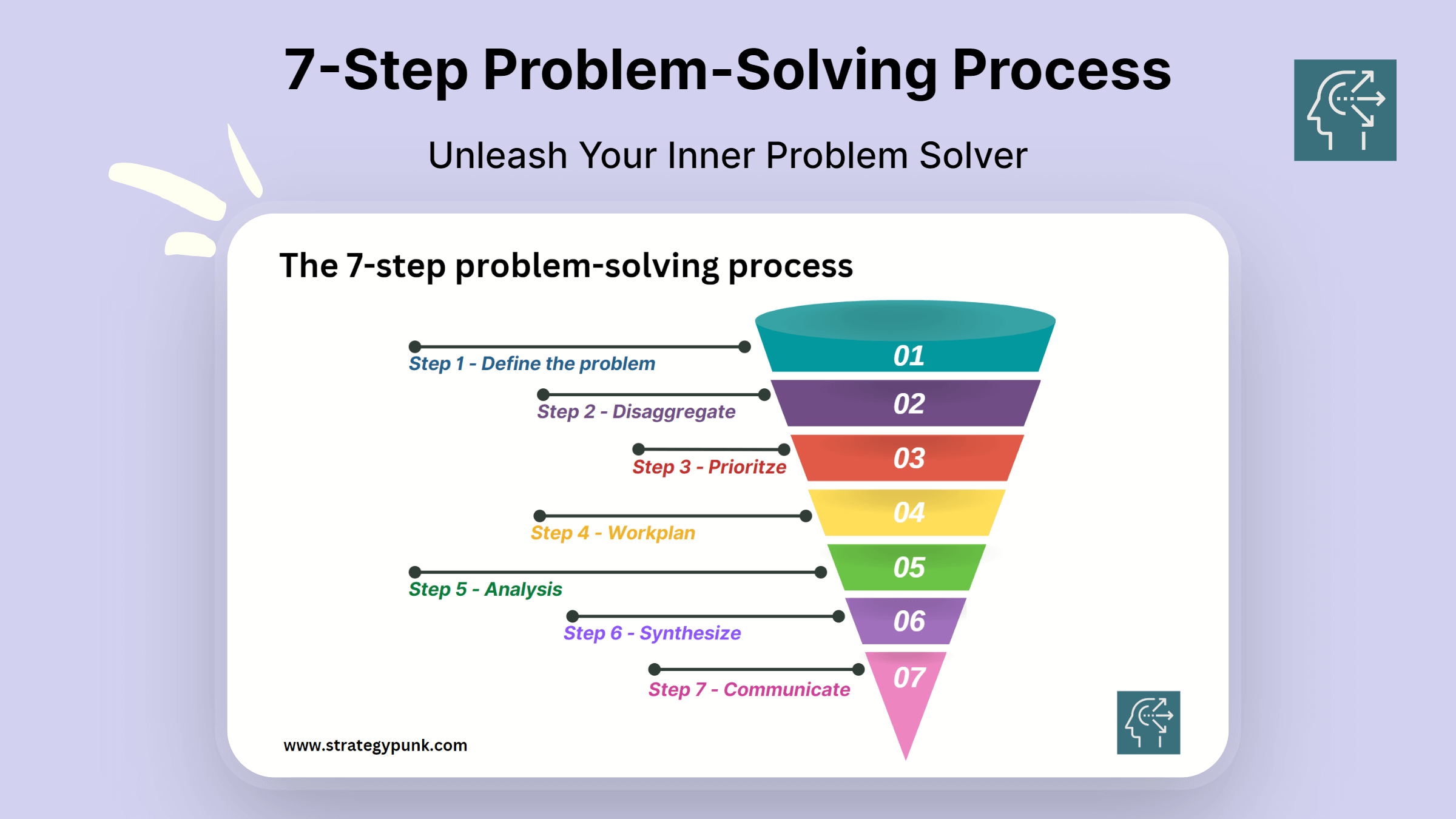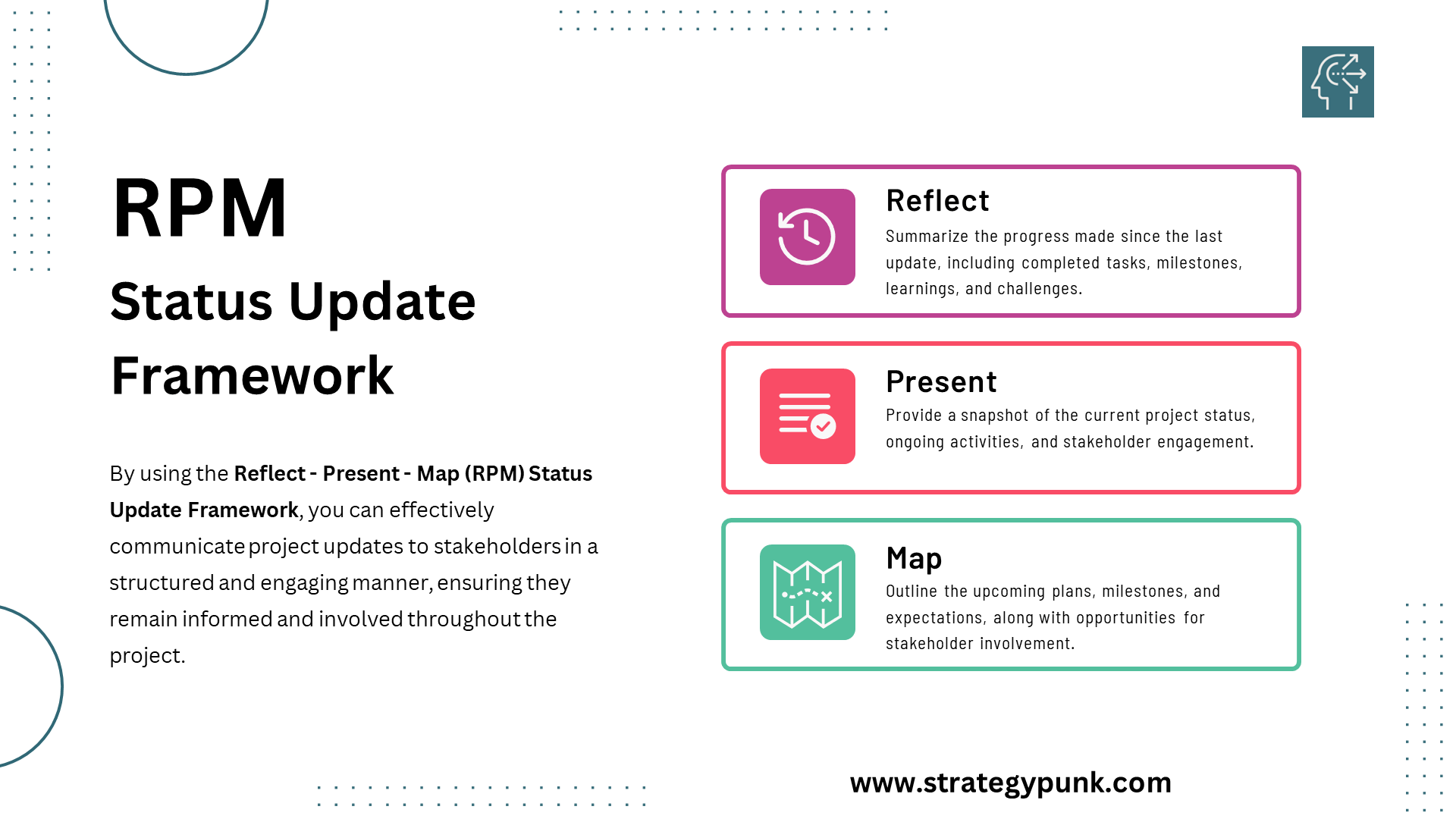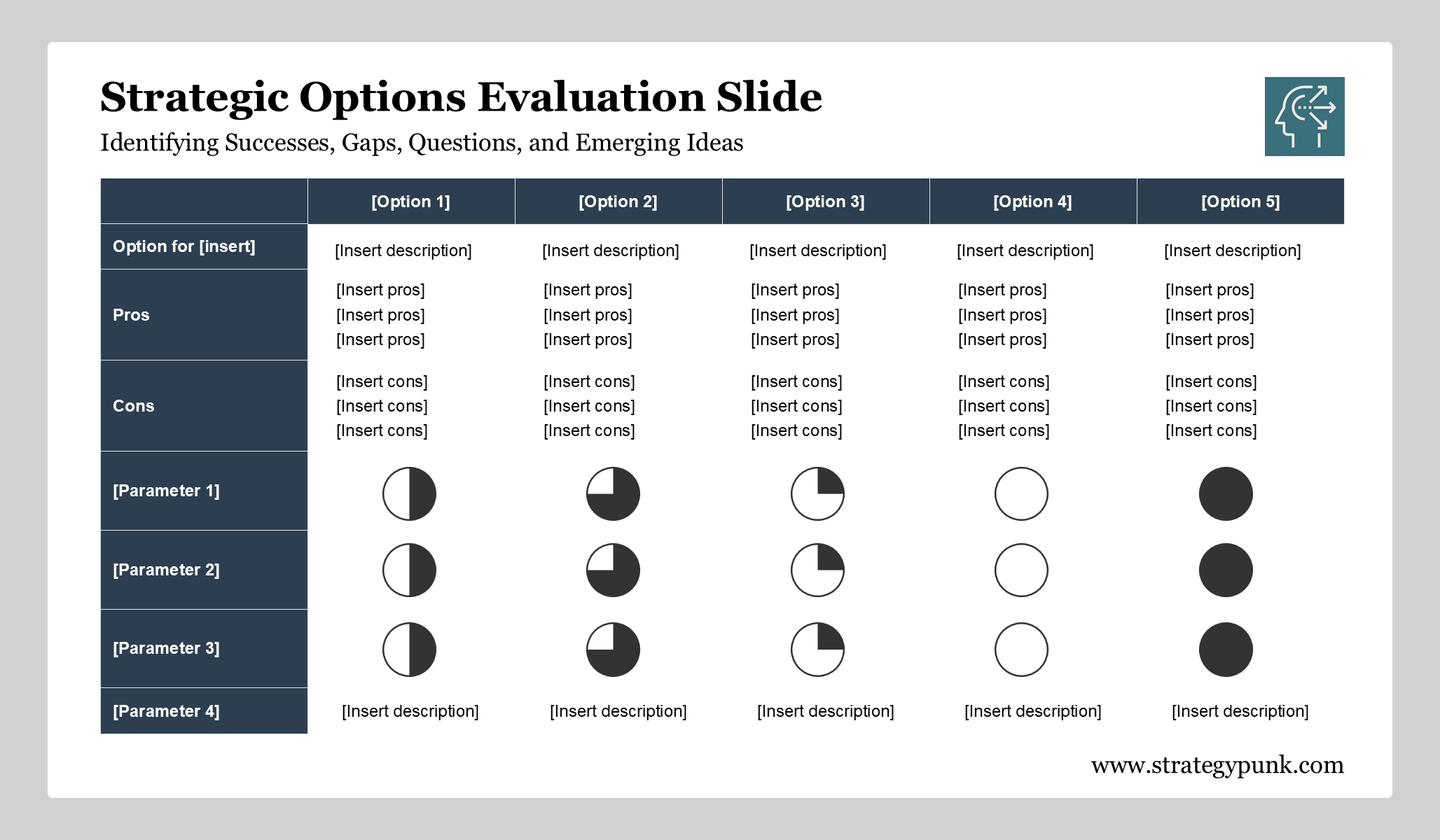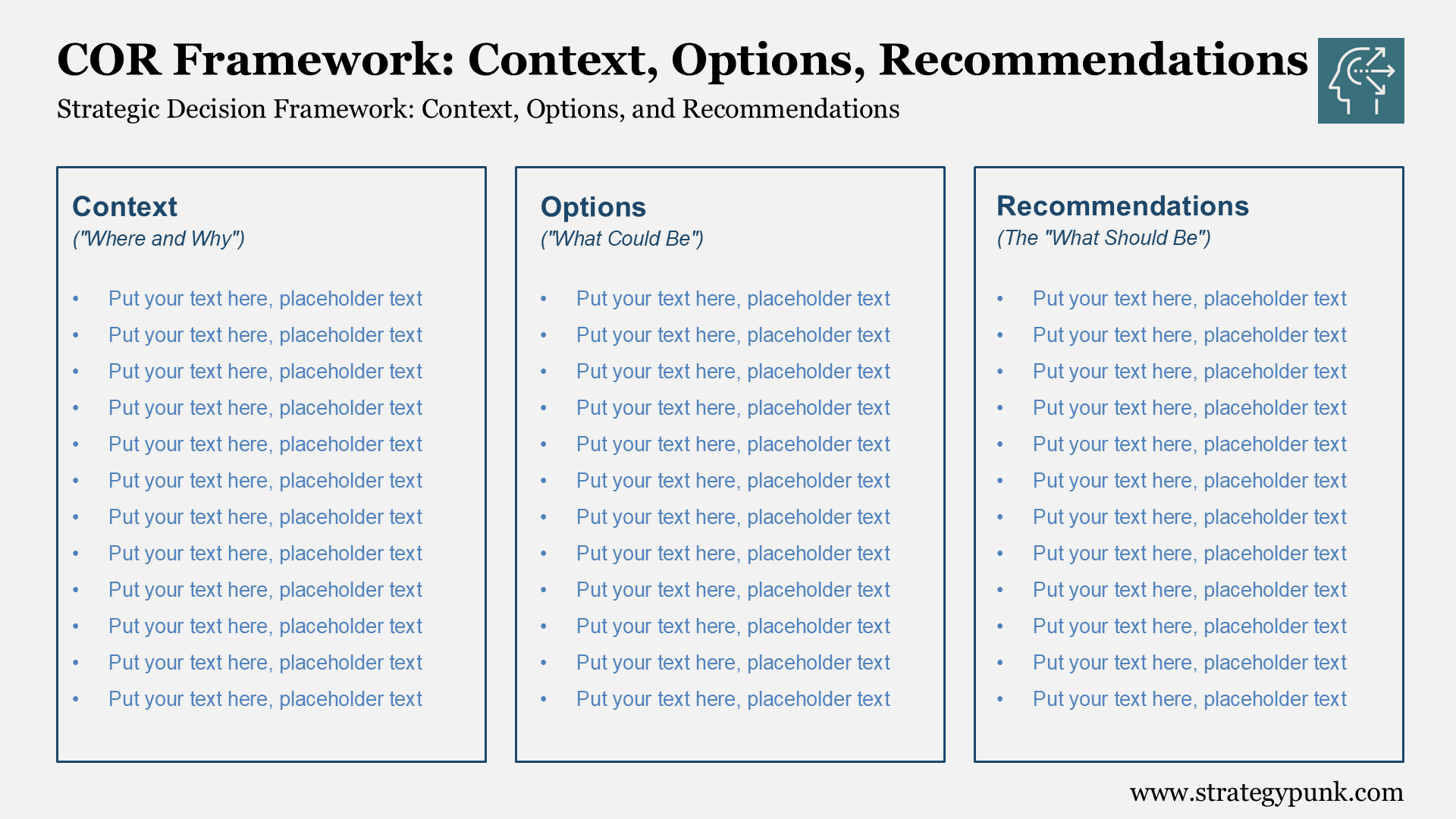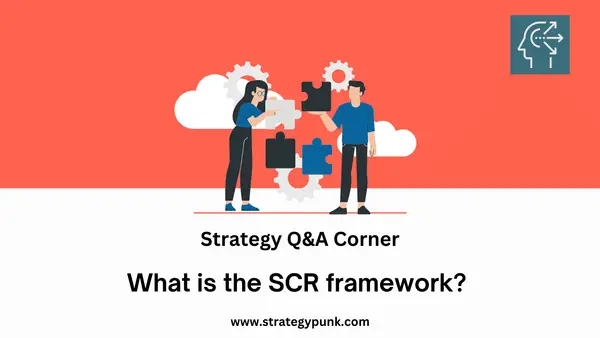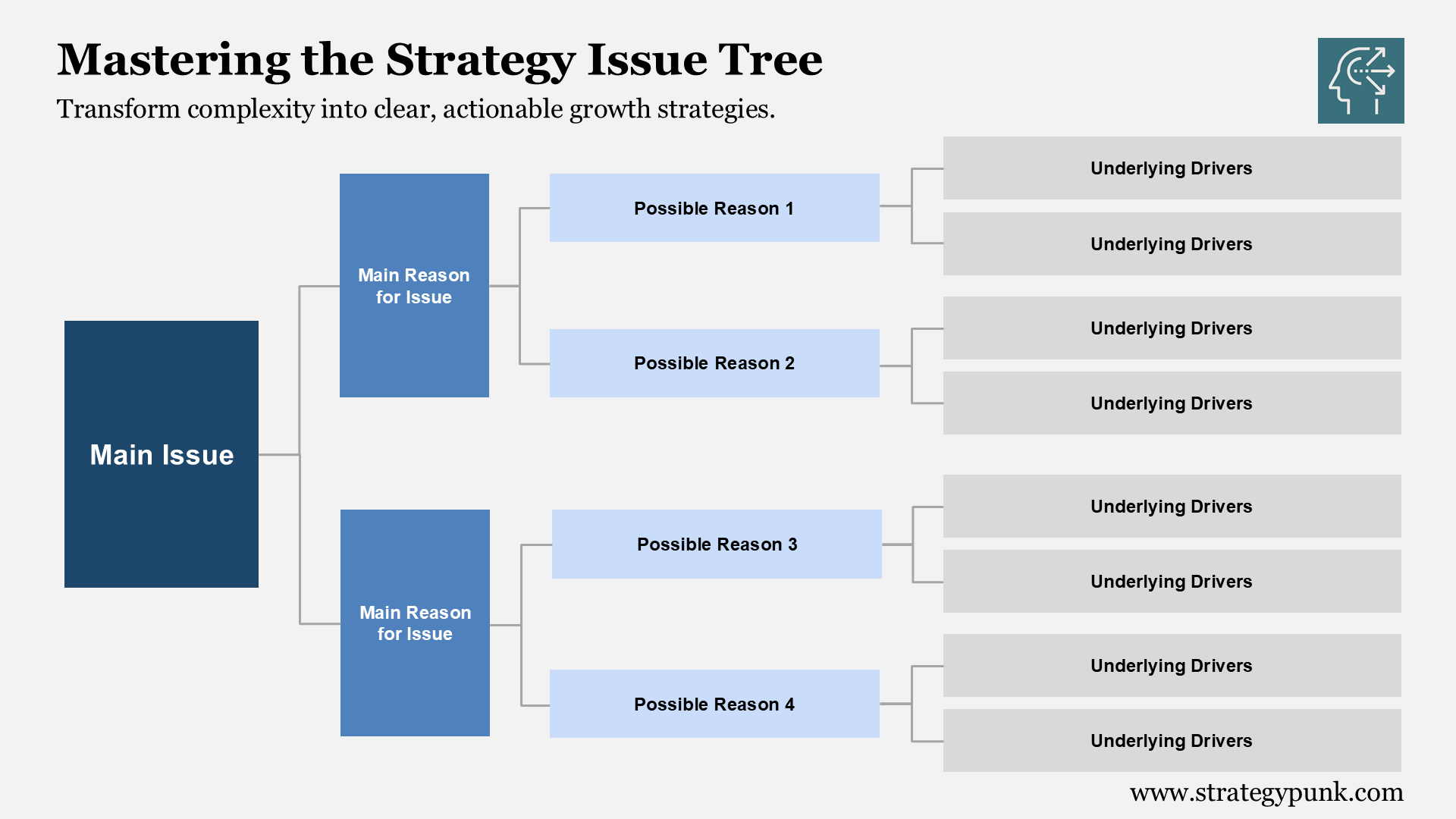The 3 Essential Levers for Effective Leadership and Achieving Results
Are you ready to unlock the full potential of your team and drive your company towards unparalleled success? Discover the secret recipe for effective leadership that top-performing organizations are already embracing.
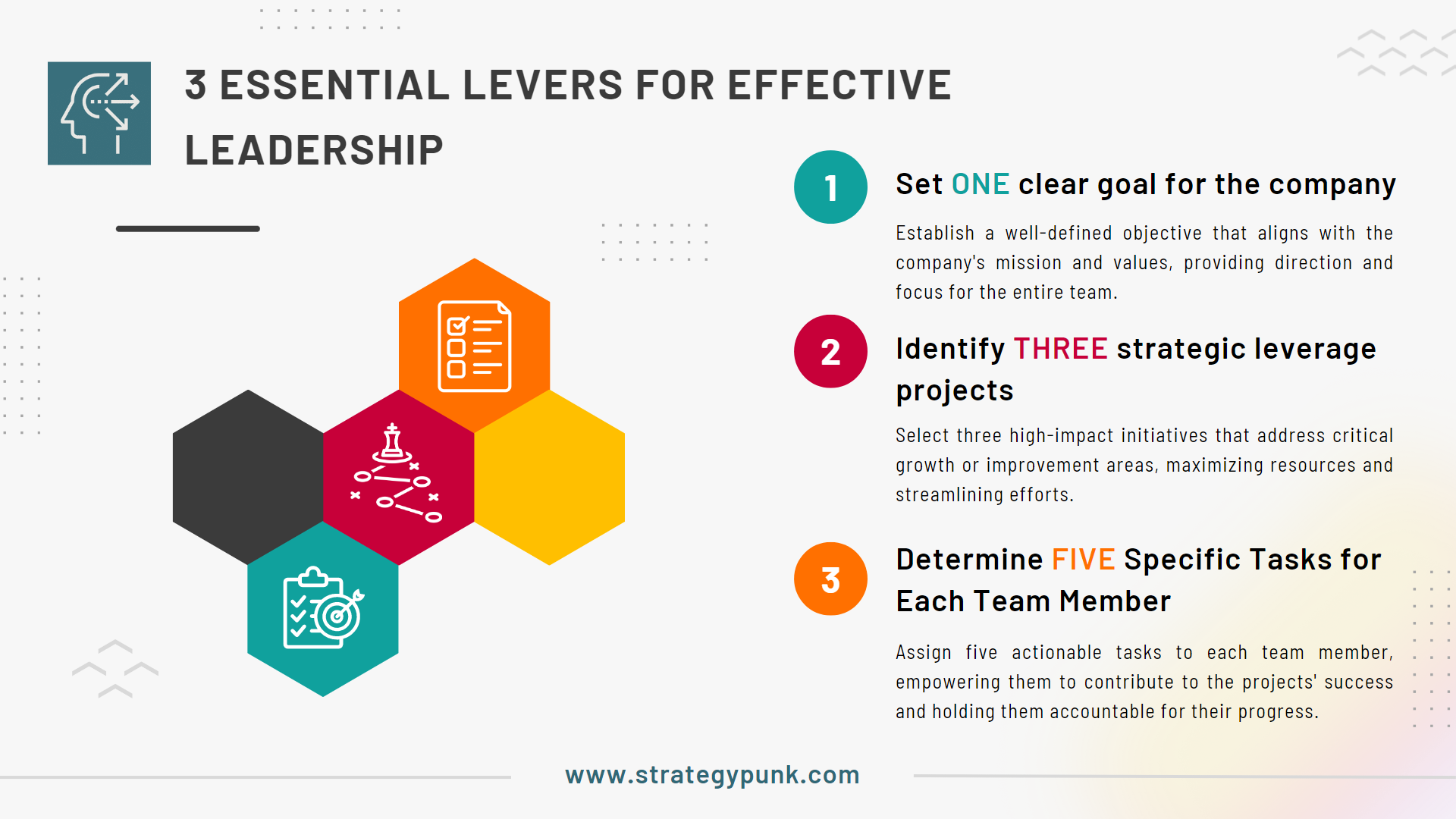
Introduction
Effective leadership drives your team and company towards the desired results in today's fast-paced business environment.
To achieve this, you must employ three key levers:
1. Set a clear goal for the company,
2. Identify three strategic leverage projects and
3. Determine five specific tasks each person must accomplish to drive the projects forward.
This blog post will delve into these levers and provide insights on applying them to your organization for maximum impact.
Establish One Clear Goal for the Company
A clear and well-defined goal serves as the North Star for your company, providing direction, focus, and motivation for your entire team. To develop a compelling goal, consider these guidelines:
- Ensure the goal aligns with your company's values and mission statement.
- Make the goal specific, measurable, achievable, relevant, and time-bound (SMART).
- Communicate the goal effectively to all team members and stakeholders, ensuring buy-in and commitment.
By establishing a clear goal, you create a shared understanding of your company's goals, which helps foster a sense of unity and purpose among your team members.
Identify Three Strategic Leverage Projects
Strategic leverage projects are initiatives that, when executed well, have the potential to impact your company's growth and success significantly. You can maximize your resources and streamline your efforts by focusing on a few high-impact projects. To identify these projects, consider the following steps:
- Assess your company's current position, strengths, weaknesses, opportunities, and threats (SWOT analysis).
- Identify projects that align with your company's goal and address critical areas for improvement or growth.
- Evaluate each project's potential impact, feasibility, and required resources.
Once you have identified your three strategic leverage projects, you must assign responsibility to teams or individuals and provide them with the necessary resources and support to succeed.
Determine Five Specific Tasks for Each Team Member
For your strategic leverage projects to succeed, you must break them down into actionable tasks each team member can work on. By defining five specific tasks for each person, you empower them to contribute to the project's success and hold them accountable for their progress. To determine these tasks, follow these steps:
- Break down each strategic leverage project into smaller, manageable tasks.
- Assign tasks to team members based on their skills, expertise, and availability.
- Set clear expectations and deadlines for each task.
- Track progress, provide regular feedback, and adjust tasks to ensure project success.
- Recognize and reward team members for their contributions.
By clearly assigning each person a set of tasks, you provide a roadmap for their contribution to the project and create an environment where everyone feels engaged and responsible for its success.
What are the levers available to you as a leader?
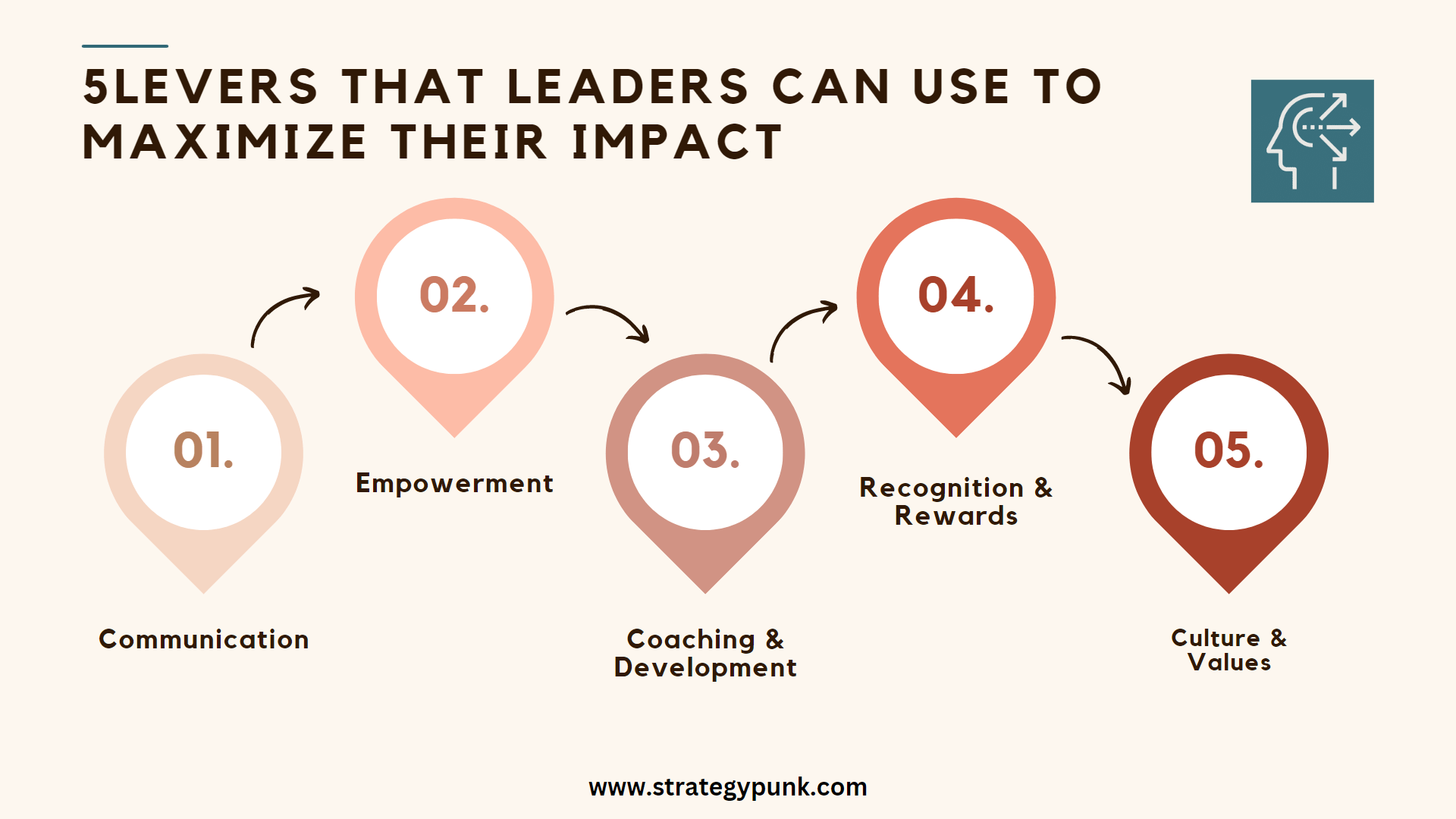
As a leader, you have several levers to influence your team and drive your company towards its goals. These levers enable you to create a supportive environment that fosters collaboration, innovation, and growth.
Here are five key levers that leaders can use to maximize their impact:
- Communication: Effective communication is critical for creating a shared understanding of the company's goals, strategic projects, and individual tasks. As a leader, you must articulate your vision and expectations clearly and concisely. Fostering open dialogue and feedback within your team helps build trust and allows for continuous improvement.
- Empowerment: Giving your team members autonomy and decision-making authority can increase motivation, innovation, and job satisfaction. As a leader, it's crucial to create an environment where team members feel trusted and supported, allowing them to take ownership of their work and contribute to the company's success.
- Coaching and Development: Providing guidance, support, and resources for professional development is another important lever for leaders. By investing in the growth and development of your team members, you can improve their skills, increase their engagement, and enhance their overall performance.
- Recognition and Rewards: Recognizing and rewarding your team members' efforts and achievements is an essential lever for leaders. By celebrating successes and acknowledging hard work, you can boost morale, motivate your team, and foster a culture of continuous improvement. Rewards can be tangible (e.g., bonuses or promotions) and intangible (e.g., praise or public recognition).
- Culture and Values: As a leader, you play a pivotal role in shaping your company's culture and values. By embodying and promoting the values you want to see in your organization, you can create a positive and supportive work environment that aligns with your company's goals. This includes modeling behaviors such as collaboration, integrity, and accountability.
In summary, leaders have several levers to guide their teams and drive their companies towards success.
Leaders can create a work environment that fosters collaboration, innovation, and growth by effectively employing these levers – communication, empowerment, coaching and development, recognition and rewards, and culture and values.
Conclusion
In conclusion, effective leadership relies on successfully implementing three key levers: setting a clear company goal, identifying three strategic leverage projects, and determining five specific tasks for each team member.
Focusing on these levers can create a sense of purpose, unity, and commitment among your team members while maximizing the impact of your efforts.
To truly drive your team and company towards the desired results, you must be willing to invest time and resources into these three levers.
Establishing a clear goal, identifying high-impact projects, and assigning actionable tasks to each person are essential to strong leadership.
With these foundational elements, your organization will be well-equipped to tackle challenges, seize opportunities, and achieve lasting success.
Click-Worthy Links
Check out these links to other StrategyPunk tools, templates, and guides, which will help you get started and inspire you.
